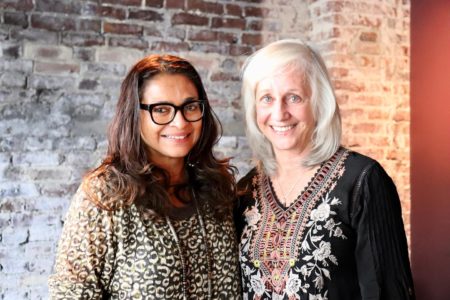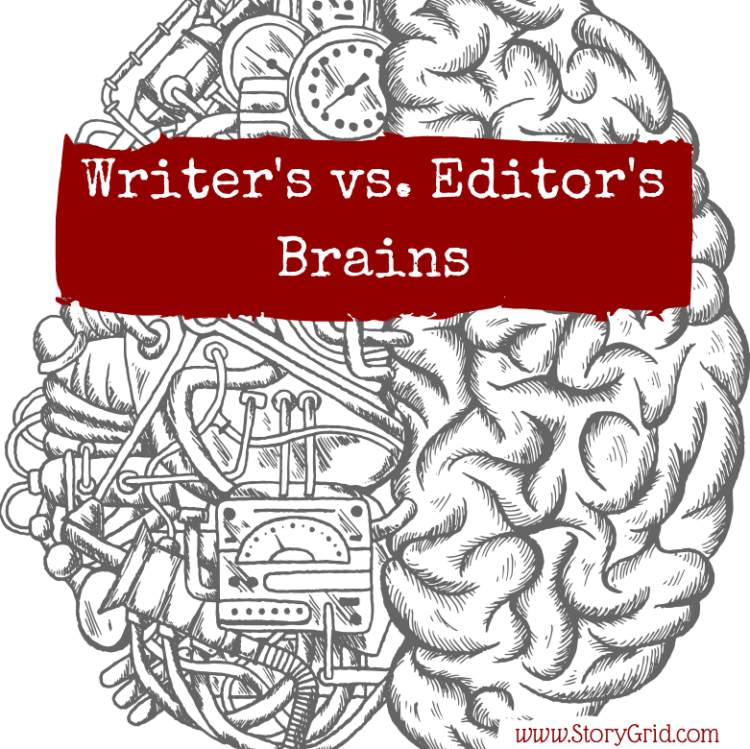Moni Basu was a news reporter at the Atlanta Journal Constitution (AJC) when she was sent to Baghdad to write about a Georgia-based military unit. It was 2005. The 48th Infantry Brigade, a National Guard unit, hadn't been called to combat since World War II. Basu had never been assigned to a war embed before. She was as raw at that kind of reporting as the military unit was to that kind of fighting. But the war in Iraq was indifferent to both. Within a week of her arrival, a bomb took out several from the unit. Another bomb the next week took out more. First eight, then 11. Eleven dead in 11 days.
A local news story about a local military unit became a national story about the personal toll of the insurgency. Basu was a pro at fast-paced news, but this story begged for more.
"Everything had changed, for the soldiers and for Moni." That from Jan Winburn, an editor who was driving deep-dive narratives at the AJC at the time. She was based in the newspaper's feature department. She had never worked with Basu, who was based in news. But now they found each other collaborating over a satellite phone with a spotty connection, trying to figure out how to tell a story that had hard facts but cried out for deep context and emotional resonance.
"We didn't even speak the same language of writing yet," Winburn said.
"I had had a lot of terrific editors who would fix my stories on the back end," Basu added. "But I wanted an editor who could help em tell stories — stories that were not just informative, but would leave a mark on the readers."
Reporter and editor: A delicate dance
That's how the two framed a talk about the reporter-editor relationship, or what they called a "delicate dance," at Fortellingens kraft 2022, on a major narrative journalism conference in Bergen, Norway, last week. It was a learning opportunity for both.

Winburn: "Narrative is not about length. It's a form, a way of being in how you think, see, report, write. I watched Moni become a convert. I could see her writing shift as she went to new lengths to understand the dimensions of the story."
Basu: "Jan told me to gather string: 'Don't be in a hurry to write.' That was an anathema to my news-reporting MO. I fit the image of a a news reporter, but now I kept hearing Jan in my head: Save it for later, gather string, let the story deepen. I wanted readers to feel what I was feeling,m to share my experiences in Iraq. I started to monitor my own emotions as I reported."
Think about the challenges of this situation: A reporter in the field witnessing a reality almost impossible to absorb, much less describe. An editor back in the newsroom needing copy that was both fast and deep. Winburn and Basu not only worked through it, they carried what they learned forward. A few years later, both were a team at CNN.com, producing multi-media narratives. That's where, in 2012, they came upon another story that would test their journalism and their partnership.
Men accused of a gang rape in in New Delhi, India, were going on trial. It held echoes of a 1972 rape of one of the first women in India to go public to defy an entrenched culture of misogny (not exclusive, by the way, to India). The rallying call was raised outside the courtroom: "Remember Mathura," who was the victim of that rape 40 years earlier.
Basu was sent to India, her native country. The story held obvious potential, but Winburn, her editor, wanted more. She was interested not just in current events on the ground, but in how they played out for Basu she revisited her homeland and her own life. The challenge she laid out: Find Mathura, who had never been interviewed before. And pay attention to whether or how her India and Basu's India have changed.
Basu found Mathura. But like a lot of journalists, was more than reluctant to delve into first-person. The story, she believed, was not about her. Winburn got a first strong draft, and wanted more. A second draft, she still wanted more. Finally there was a breakthrough — one that could have broken their relationship. No spoiler here, but the result, which Basu shared, voice shaking, at the Norway conference, is "The Girl Whose Rape Changed a Country."
Mutual need, willing collaboration
The story itself is a stellar and sobering read. Just as important is how Winburn and Basu worked through treacherous journalistic and emotional territory to deliver it. Their relationship not only survived, it thrived. Both went on to teaching careers. They also have become close friends and travel partners. The latter won't happen with most strong editor-reporter partnerships. If there's something more challenging than working in tandem on an immersive, emotional story, it may be traveling together.
But the lessons each offered, about what each needs from a successful partnership, don't require a plane ticket or hiking boots — just a story that has potential beyond the easy and obvious:
What reporter Moni Basu wants and needs from an editor:
- On the front end: Brainstorm ideas with an open mind. Help sort out the maximum and minimum potential of an idea. Strategize the best story pitch.
- In the middle of a project: Be available. Address hurdles confronted during the reporting.
- Nearing the finish line: Ask for a fast first draft. Read the first draft solely for content and structure, not style or syntax.
- Throughout the process: Be nurturing and sensitive. Let go of assumptions. Show enthusiasm.
What editor Jan Winburn wants and needs from a reporter:
- Pre-reporting to propose a meaty idea.
- An awareness of the publication's mission.
- Collaboration with an open mind and spirit.
- Willingness to share a first, rough draft.
- Insights about the story and suggested edits. No defensiveness.
- Directness and clarity about needs and concerns.
- Trust. It has to be earned, but sometimes that means letting go of total control.



